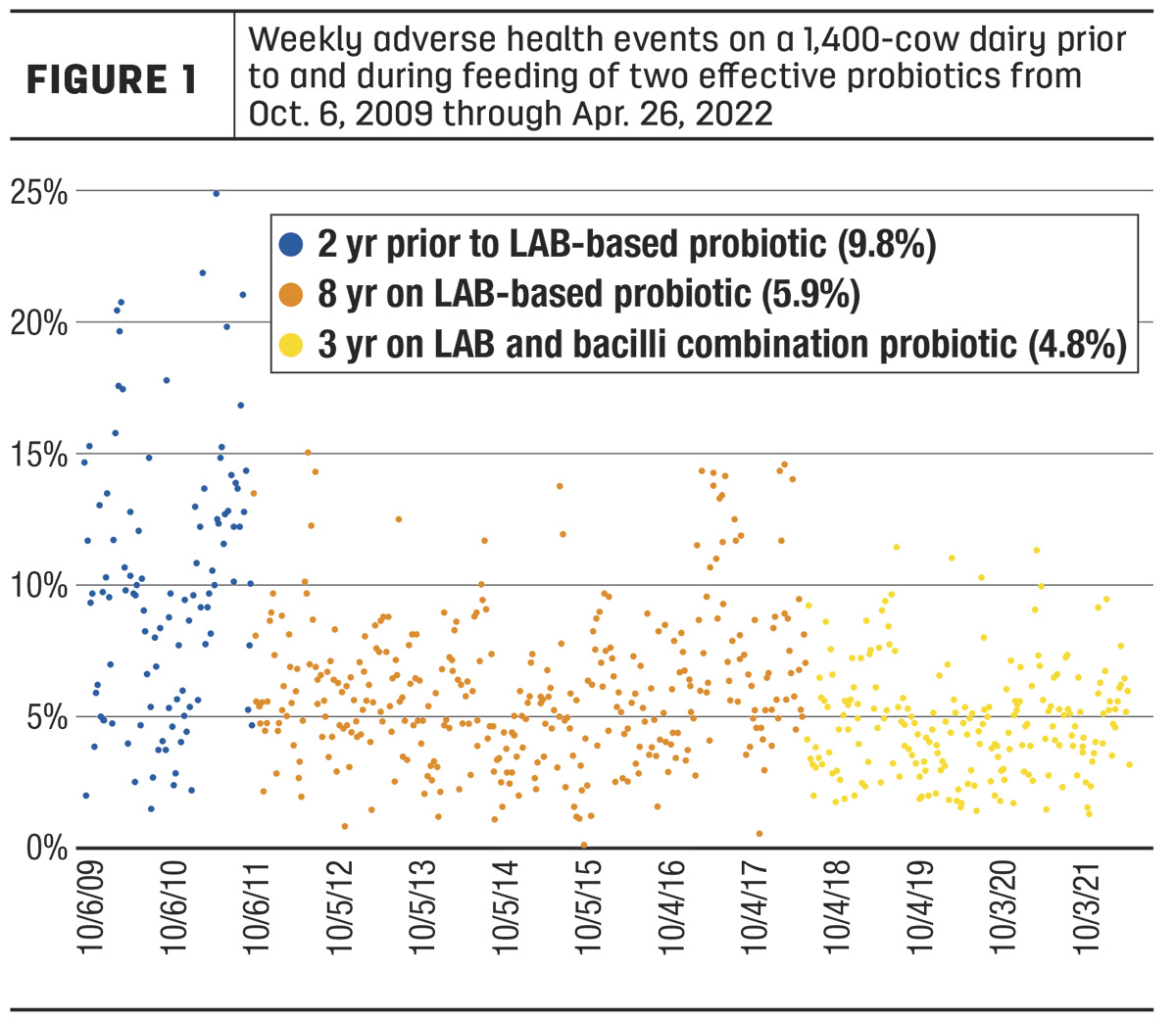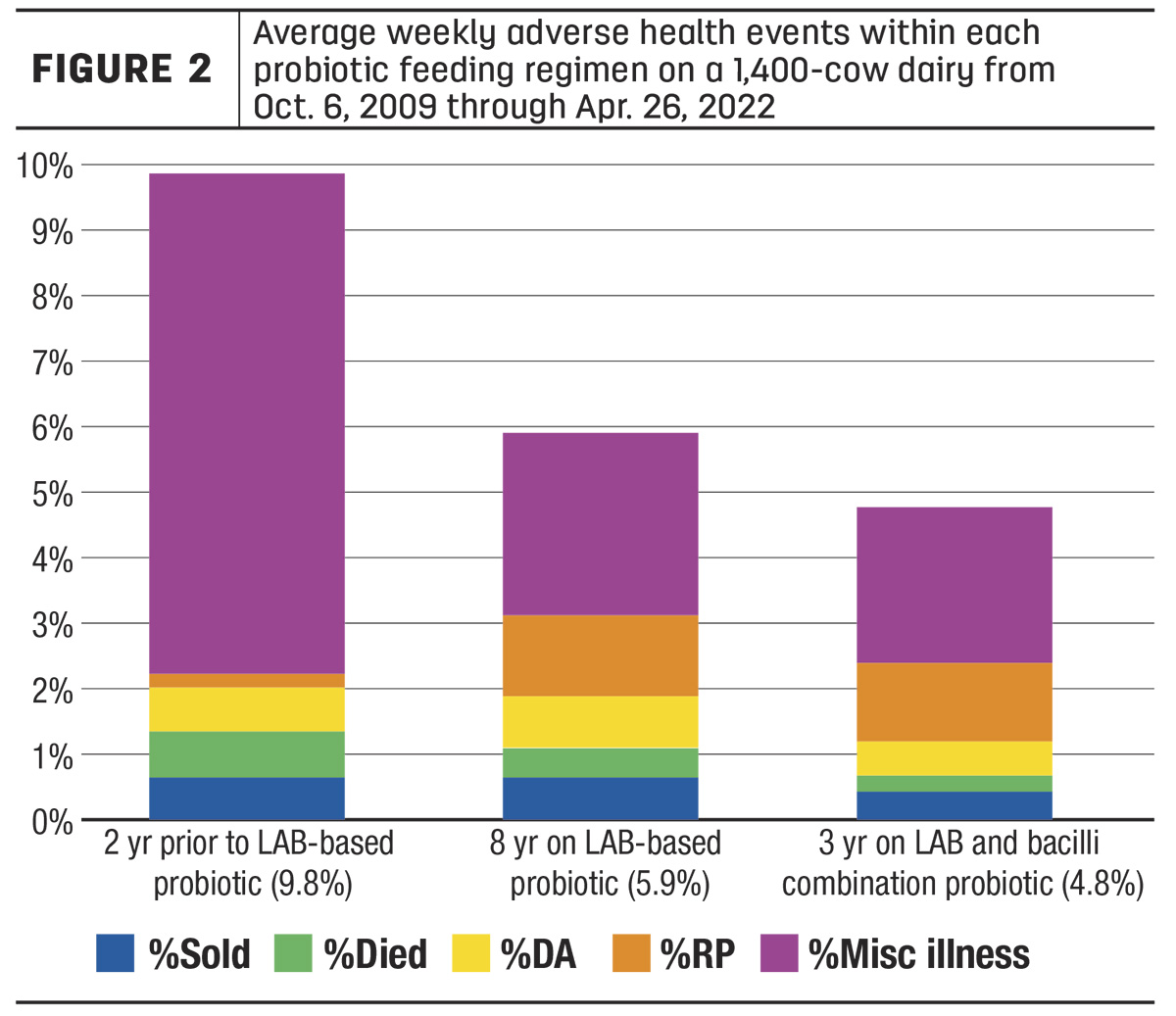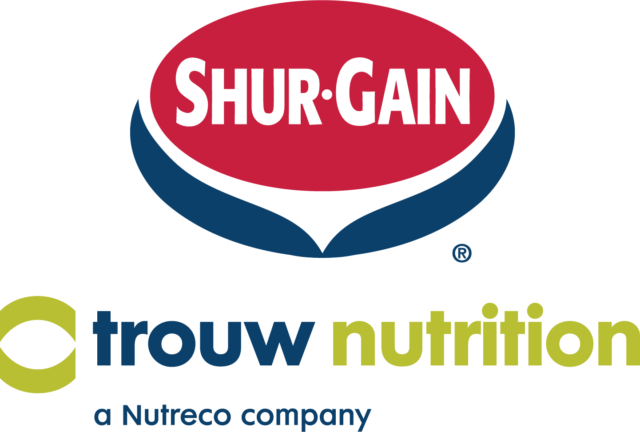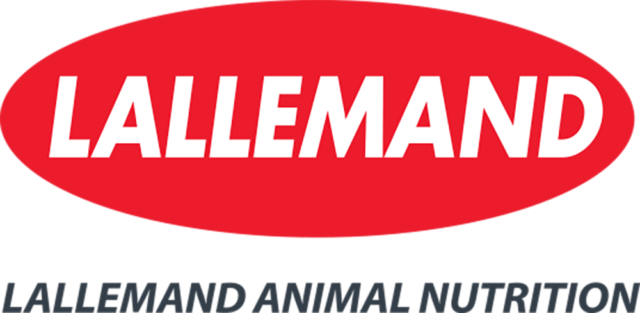Is she worth $50?
Have you heard the phrase, “Pennies become dollars when …”? On one hand, for dairy farmers "pennies become dollars" when they effectively capitalize on investments that make incremental improvements in genetics, technology, hybrids, feed management, etc. These incremental improvements for pennies applied every day to one cow, then across the entire herd for the next 10 years quickly become dollars. Conversely, when something goes wrong without rapid intervention, "pennies become dollars" of potentially unnecessary costs in poor reproductive performance, digestive upsets and diarrhea, or a disease outbreak and the resulting loss in production income or salvage value due to mortality.
In 1736, Benjamin Franklin famously wrote, “An ounce of prevention is worth a pound of cure.” It is often easier to stop something bad from happening in the first place than to repair the damage after it has happened. Similarly, a penny of prevention is worth a dollar of cure, but what does this have to do with life cycle feeding of probiotics?
Simple math
Let’s break three years or 1,095 days into three productive life stages: wet calves, growing heifers and lactating cows (first lactation only). This will allow us to target feed the most appropriate probiotic to the correct life stage. We will assume calves are consuming milk replacer for 60 days, growing heifers are eating a balanced ration for 670 days, and lactating cows will eat a balanced TMR for a 305-day lactation with a 60-day dry period (60 + 670 + 305 + 60 = 1,095).
Wet calves
Digestive illness impacts greater than 50% of pre-weaned calves and is the primary cause of death of young calves between 1 and 21 days old. When pre-weaned calves experience an episode of diarrhea and are treated with antibiotics, their average daily gain (ADG) is decreased by an average of 0.15 pounds (66 grams) per day, with a range of 0.7 to 2.8 pounds (0.32 to 1.27 kilograms), as compared to their healthy counterparts who did not require antibiotic treatment. This reduction in ADG due to a single adverse health event has long-term ramifications. ADG during the pre-weaning period and weaning weight are positively correlated with milk production. This means a bout of diarrhea treated with antibiotics prior to weaning has a negative impact on first-lactation milk yield. For every additional pound of ADG pre-weaning, animals produced 1,113 pounds more during their first lactation.
The impact of milk yield is not only affected by pre-weaning ADG. Researchers from Cornell University reported that calves receiving antibiotics had significantly decreased milk yield and produced 1,087 pounds (493 kilograms) less milk in their first lactation, as compared to calves with no record of being treated.
During the pre-weaning period, calves should be fed an effective probiotic in milk or milk replacer that supports normal gastrointestinal tract development, barrier function, pathogen inhibition, immune support and nutrient absorption. Daily feeding of the effective probiotic can enhance overall calf health, minimize the incidence and severity of diarrhea, and the need for treatment with antibiotics. This can be accomplished easily with a science-based, research-proven combination of lactic acid bacteria (LAB) and bacilli probiotic strains for about 5 cents per day or $3 for the 60-day wet period.
Post-weaning, growing heifers
Bovine respiratory disease complex (BRDC) is a common disease in weaned dairy calves up to 180 days old that incurs economic and welfare costs. More dramatically, respiratory illness impacts approximately 28.1% of pre-weaned calves and becomes the primary cause of death in weaned heifers. Prompt therapy should result in a low case fatality risk, but this disease can represent an economic drain for producers. In the short term, the costs of the disease include labor for detection and treatment of disease, veterinary costs, reduced performance and the cost to replace animals that die during clinical disease.
The long-term costs of BRD are likely underestimated, as it is difficult for producers to associate calfhood BRD with long-term negative outcomes. Long-term costs include increased risk of mortality before calving, decreased ADG, increased age at first calving, increased risk of dystocia and increased risk of leaving the herd prior to completion of first lactation. It is worth noting that the effects of BRD on dystocia, milk production and post-calving survival may be underestimated because the most severely affected animals have already been removed before first lactation. This culling represents a survival bias and is a common challenge in long-term studies of diseases.
For every additional pound of ADG from weaning to breeding, heifers produced 1,168 pounds of milk during their first lactation. Combine this with the example provided for wet calves, and the production difference totals 2,281 pounds in just the first lactation.
During the growing heifer phase, the risk of respiratory illness and digestive upset is reduced after 120 days old, and the focus becomes growth and efficiency of growth. Minimizing negative outcomes due to respiratory and digestive challenges can be effectuated easily with a science-based, research-proven bacillus-based probiotic for about 3 cents per day or $20.10 for the 670-day growing heifer phase.
Lactating cows
Adverse health events in transition cows during the first 63 days in milk (DIM) can be costly. It doesn’t matter which malady you select or the article you choose to reference, each occurrence costs approximately $300 per bout in remedy costs and value of lost production. These adverse health events can occur in 10% to 25% of transition cows. It may be higher or lower depending on the management on your farm.
In a 13-year longitudinal field observation of a 1,400-cow dairy, we tracked adverse health events among cows up to 63 DIM. Adverse health events for this dairy included: animals that were sold or died, DA – displaced abomasum, RP – retained placenta, or a non-metabolic illness (Figure 1). Incidence of mastitis or acidosis was not included.

The average weekly adverse health events were 9.8% prior to feeding any probiotic. During the subsequent six-and-a-half years of feeding an effective LAB-based probiotic, the events were reduced to 5.9%. For the last four-and-a-half years of feeding an effective LAB and bacilli combination probiotic, adverse health events were reduced further to 4.8%. The average weekly adverse health events within each probiotic feeding regimen are shown in Figure 2.

Feeding an effective probiotic that features LAB and bacilli three weeks prior to calving and throughout lactation supports normal gastrointestinal tract, digestive, barrier and immune functions of the animal, therefore supporting a normal lactation. This can be accomplished easily with a science-based, research-proven probiotic for about 6 cents per day or $21.90 for the 305-day lactation and 60-day dry period.
In this example, the total expenditure on effective science-based, research-proven probiotics for the first three years of life was $45 ($3 + $20.10 + $21.90).
Take-home message
Ultimately, return on investment determines the value of any probiotic during a particular segment of an animal’s life or through life cycle feeding. What did we gain by spending the money to feed the effective probiotic or what did we "not lose" by feeding it? Science-based, research-proven LAB and bacilli strains in the right combination at the specific life stage can make "pennies become dollars" with life cycle feeding of every animal, every day on a dairy. Is she worth $50?
References omitted but are available upon request by sending an email to the editor.








